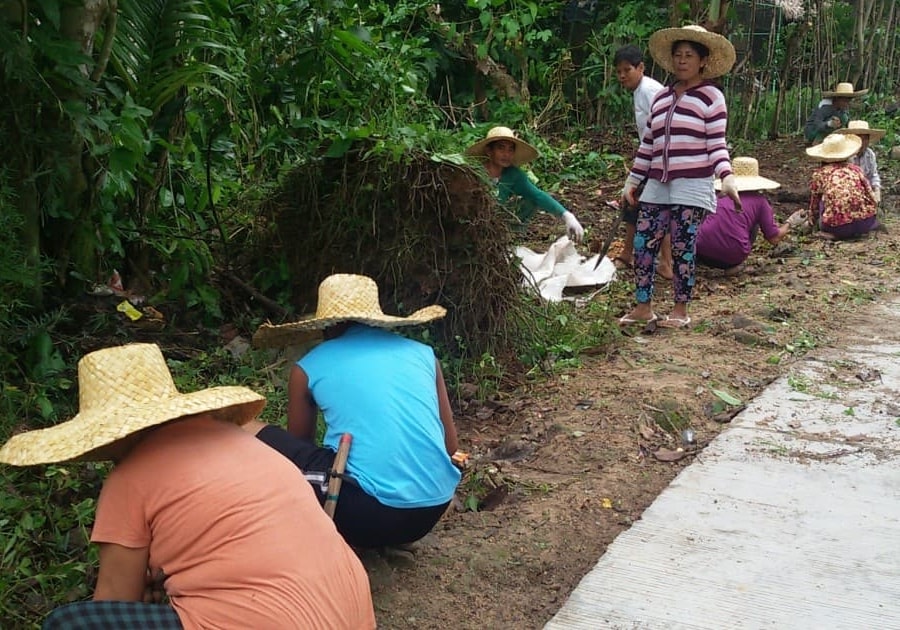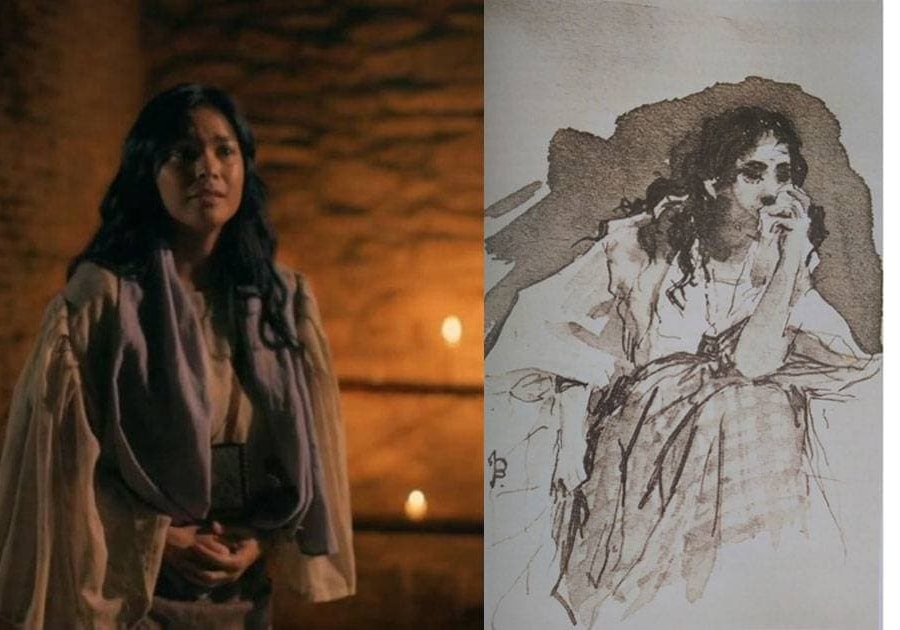"A Market Drive Church" was also published by The Manila Times on 21 February 2024.
Asked which commandment in the law is the greatest, Jesus
Christ replied: "You shall love the Lord your God with all your heart, and
with all your soul, and with all your mind." The increasing number of mall
chapels, like many innovative reforms that are in the works in the Catholic
Church today, is indicative of a ministry that tries to keep in touch with the
times. However, the other somewhat dissenting commentary may also suggest of
signs that we are loving our God with half of our heart, a third of our soul,
and a fourth of our mind.
Two years ago, the Archdiocese of Manila launched a mission
chapel at Landmark, right at the heart of Makati's business district. In a
mass, His Excellency Manila Archbishop Jose F. Cardinal Advincula told the
chapel goers:
"Although your residence is not here in the mall, your
“lived space” is spent here because of work or because of the mobility of your
lifestyle. The church wants to be close to you. She wants to accompany you
where you are and whenever you need her maternal guidance."
By "work" Bishop Advincula could be referring to
entrepreneurs and wage earners who must work on a Sunday and are therefore
unable to attend Sunday masses in their respective parishes. Firms in
service-oriented industries like parlors, restaurants, grocery stores, payment
centers, clinics, among many other outlets, get most of their customers on weekends;
opting to close these establishments on the Lord’s Day can mean leaving so much
money on the table. The unspoken word is that money is God, to be loved with
all our heart.
Globalization has further reshaped the workplace. Call
center agents, for example, who are attending to overseas clients need to work
outside "normal" working hours. Companies with offshore counterparts
adjust to work hours and workdays in other countries.
By "mobility of lifestyle" the bishop was probably
referring to several things, including what has been called "mall
culture." The country is home to a thousand shopping malls. These malls
have dominated the urban landscape and captured the fancy of city dwellers. It
is indicative of how consumerism has transformed the local lifestyle. For
decades now, the country's economy has been propelled in large part by domestic
consumption.
The theological basis for the church mission in malls shifts
from a focus on people going to places of worship to one that brings the
ministry to people. The church sees a community in malls; therefore, it must
send its ministers to attend to the spiritual needs of the flock in these
communities. Where the COVID 19 pandemic has given rise to the phenomenon of
virtual worship, changing lifestyles are giving occasion for redefining
physical space and the way the communities are making the places of worship evolve.
It used to be that the physical structure of worship stands
out at the center of the town, often across the municipal hall. Such a landmark
symbolizes the community’s unequalled love for God. Mall chapels, being a
fixture within a larger structure of commerce, symbolize the subjugation of the
love of God to the love of money.
But one can find redemption in holy masses being heard in
malls. Not too long ago, believers went to mass in their "Sunday's
best." Now, in my local parish, I can see parishioners coming to mass in
sandals, wearing shorts and tees, not much unlike the one who just bought suka
from the sari-sari-store. This is not by any means a way to judge anybody, because
how we praise God cannot be measured by how we look. But if I were hosting a
party, I would prefer the partygoers to show more respect. And the Lord our God
is host of every eucharistic celebration. In that sense masses in malls are to
be uniquely valued because people tend to dress better inside malls than inside
a local parish church.
Again, how we dress up and how the physical structure of the
church is built are just symbols that do not necessarily reflect the true value
of our relationship with God. But if we go solely by them, there is doubt if
indeed we love the Lord Our God with all our heart, our soul, our strength, and
our mind.
Bringing the ministry of the church closer to the people
justifies how Jesus reached out to all, sinners and saints alike. He did not
wait for people to come to him, he delivered God’s word to them—from village to
village, from house to house, from hilltops and beachfronts to synagogues.
On the hunt for the one lost sheep, today’s mission chapels
mimic the early years of evangelization. Perhaps it is impossible to match the
zeal of the early missions as they were driven by the pre-Second Vatican
Council preaching that there was no salvation outside of the Catholic Church, but
one cannot discredit as ungrounded the totality of church reforms that had
taken shape under the present papacy.
Yet finding piety in a house of commerce is a hypothetical
proposition at this point. Here is an idea, from the perspective of the church,
that hopes for the conversion of a commercial experience to one that is spiritual
or, from the perspective of mall owners, that foot traffic generated by the
chapel can be converted to sales. The complementarity remains to be proven in
the same way that risks of chapel goers moderating their spending sprees to
save something for the poor may hurt businesses in the end.
Can Peter’s successor, in whose hand’s Jesus has accorded
such a wide latitude of discretion that “whatever he binds on earth will be
bound in heaven,” consider more tweaking of the rules, such as in assigning the
Lord’s Day to whatever day in the week, depending on a person’s day-to-day
inclination?
The church, of course, has been flexible throughout the ages.
Asked why Moses allowed divorce, Jesus said: "Because of your hardness of
heart Moses permitted you to divorce your wives; but from the beginning it has
not been this way." In other words, Moses adapted to the wishes of the
market.
Contraception and homosexual acts used to be taboo, but Pope
Francis recently decreed that a form of sub-sacramental blessing can be given
to those who seek it for same-sex unions. Nothing can pre-empt and frustrate
procreation more effectively than same-sex unions. In the context of the LGBTQ+
community’s fair lobby for recognition, equality and respect, the pope preaches
understanding, compassion, inclusivity, and openness. He urges his church to
open its doors to all, sinners and saints alike. Like Moses, he unsettles the norm
to satisfy the market.









